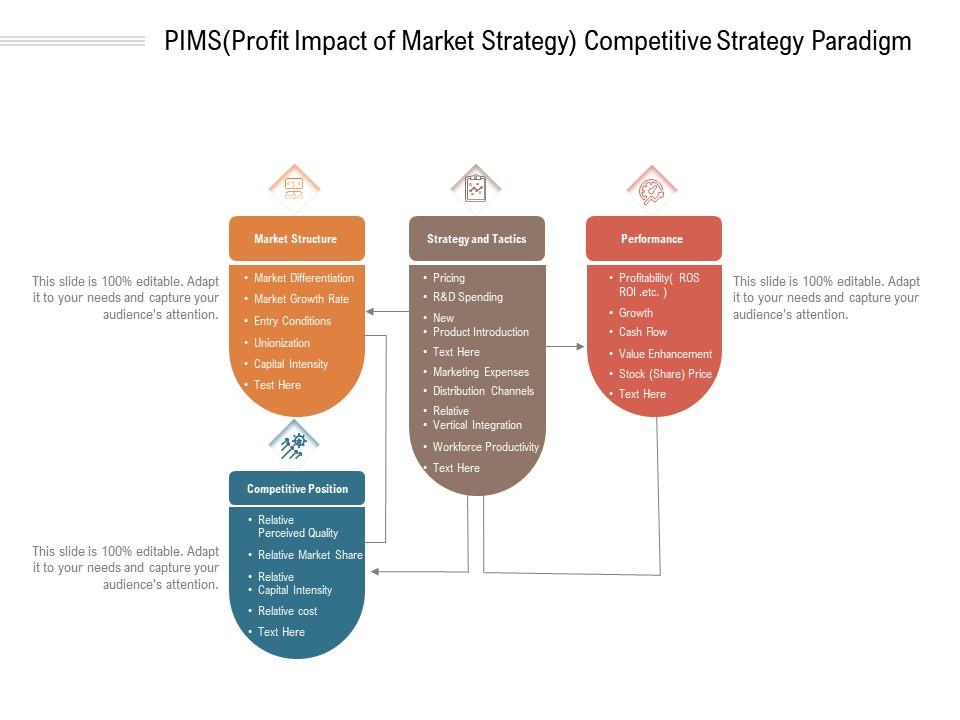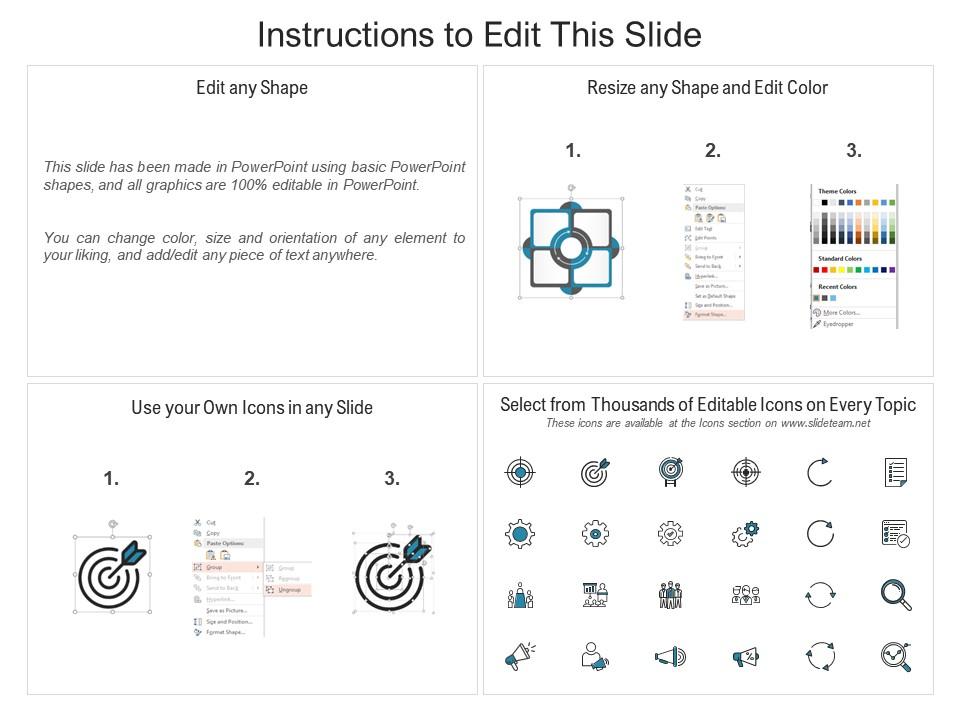Pims profit impact of market strategy competitive strategy paradigm
Our PIMS Profit Impact Of Market Strategy Competitive Strategy Paradigm are explicit and effective. They combine clarity and concise expression.
Our PIMS Profit Impact Of Market Strategy Competitive Strategy Paradigm are explicit and effective. They combine clarity an..
- Google Slides is a new FREE Presentation software from Google.
- All our content is 100% compatible with Google Slides.
- Just download our designs, and upload them to Google Slides and they will work automatically.
- Amaze your audience with SlideTeam and Google Slides.
-
Want Changes to This PPT Slide? Check out our Presentation Design Services
- WideScreen Aspect ratio is becoming a very popular format. When you download this product, the downloaded ZIP will contain this product in both standard and widescreen format.
-

- Some older products that we have may only be in standard format, but they can easily be converted to widescreen.
- To do this, please open the SlideTeam product in Powerpoint, and go to
- Design ( On the top bar) -> Page Setup -> and select "On-screen Show (16:9)” in the drop down for "Slides Sized for".
- The slide or theme will change to widescreen, and all graphics will adjust automatically. You can similarly convert our content to any other desired screen aspect ratio.
Compatible With Google Slides

Get This In WideScreen
You must be logged in to download this presentation.
PowerPoint presentation slides
Presenting this set of slides with name PIMS Profit Impact Of Market Strategy Competitive Strategy Paradigm. This is a four stage process. The stages in this process are Market Structure, Strategy And Tactics, Performance, Competitive Position, Relative, Capital Intensity, Relative Cost, Pricing, Distribution Channels. This is a completely editable PowerPoint presentation and is available for immediate download. Download now and impress your audience.
People who downloaded this PowerPoint presentation also viewed the following :
Content of this Powerpoint Presentation
Description:
The image displays a PowerPoint slide outlining the PIMS (Profit Impact of Market Strategy) Competitive Strategy Paradigm which is a framework used to guide companies in making strategic decisions that affect their market performance. The slide is divided into three sections: Market Structure, Strategy and Tactics, and Performance, with each section including editable bullet points for customization.
1. Market Structure:
a). Market Differentiation: Identifying the unique qualities that distinguish a company's products or services from the competition.
b). Market Growth Rate: The rate at which a market is expanding or contracting.
c). Entry Conditions: Barriers or facilitators for new competitors entering the market.
d). Unionization: The extent to which a workforce is organized into unions.
e). Capital Intensity: The amount of capital required relative to labor in the production process.
f). Test Here: An editable bullet point to add additional information about market structure.
2. Strategy and Tactics:
a). Pricing: Setting prices for products or services.
b). R&D Spending: Allocation of resources to research and development.
c). New Product Introduction: The introduction of new products to the market.
d). Marketing Expenses: The funds spent on marketing and advertising efforts.
e). Distribution Channels: Pathways through which products are delivered to customers.
f). Relative Vertical Integration: The degree to which a company controls its upstream suppliers and downstream buyers.
g). Workforce Productivity: The efficiency and effectiveness of the company's employees.
h). Text Here: An editable point for other strategies and tactics.
3. Performance:
a). Profitability (ROS, ROI, etc.): Measures of financial performance like Return on Sales or Return on Investment.
b). Growth: Expansion of the company's business.
c). Cash Flow: The net amount of cash and cash-equivalents being transferred in and out of the company.
d). Value Enhancement: Increasing the company's value to shareholders.
e). Stock (Share) Price: The price of the company's shares on the stock market.
f). Text Here: An editable bullet point to add additional performance metrics.
Use Cases:
This strategic framework is applicable across various industries:
1. Healthcare:
Use: Strategic planning and market positioning for healthcare providers and pharmaceutical companies.
Presenter: Senior Strategy Officer
Audience: Board of Directors
2. Technology:
Use: Guiding product development and competitive strategy for tech firms.
Presenter: Chief Technology Officer
Audience: Marketing and R&D teams
3. Manufacturing:
Use: Optimizing production and assessing market opportunities.
Presenter: Operations Manager
Audience: Management and Operational Staff
4. Finance:
Use: Financial services market expansion and investment strategy formulation.
Presenter: Financial Analyst
Audience: Investors and Stakeholders
5. Retail:
Use: Development of retail strategies including pricing, product placement, and market differentiation.
Presenter: Marketing Director
Audience: Sales and Merchandising teams
6. Automotive:
Use: Evaluating market conditions and competition for automotive manufacturers.
Presenter: Strategic Planning Executive
Audience: Product Development and Marketing teams
7. Energy:
Use: Planning investment and operational strategy in the energy sector.
Presenter: Business Development Manager
Audience: Shareholders and Investment Analysts
Pims profit impact of market strategy competitive strategy paradigm with all 2 slides:
Give your audience a fulfilling experience. They will find our PIMS Profit Impact Of Market Strategy Competitive Strategy Paradigm elevating.
No Reviews











